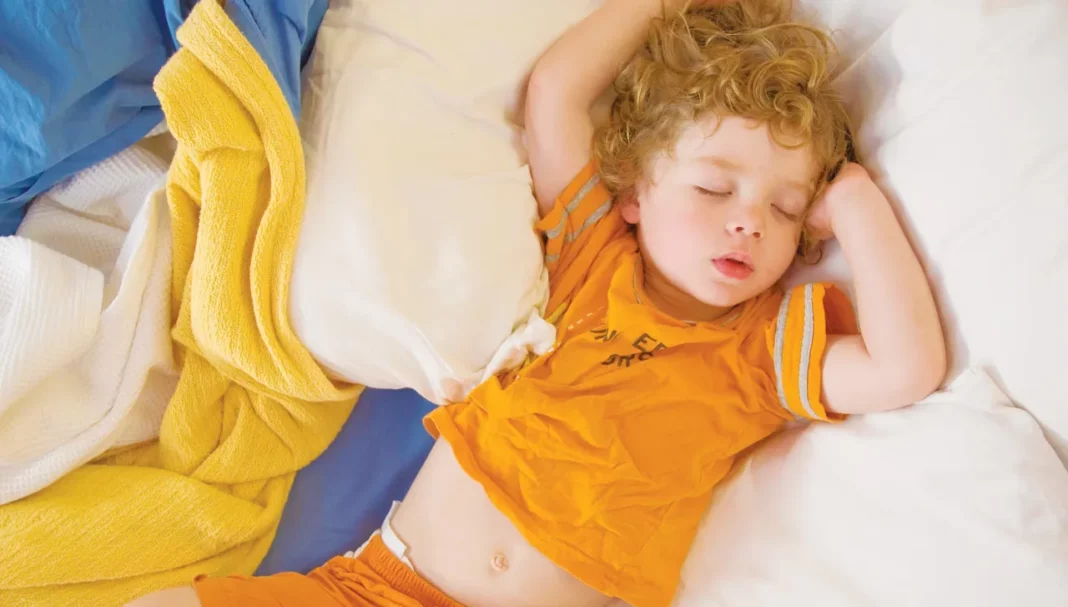Case scenario
Ken is a 3-year-old boy, and his parents are regular customers. His mother, Kerry, comes in one day asking for advice. She says that after being put to bed, Ken will keep coming to the parents’ room to ask for a final cuddle. This can last up to 2 hours each night and is becoming increasingly frustrating for the parents, who are already exhausted from a full day at work. Ken eventually settles around 10 pm. He seems otherwise healthy, though a bit tired in the mornings, as he wakes up at 6.30 am every day.
Learning objectivesAfter reading this article pharmacists should be able to:
Competency (2016) standards addressed: 1.1, 1.4, 1.5, 1.6, 3.5, 3.6 Accreditation code: CAP2311DMBS Accreditation expiry: 30/10/2026 |
Already read the CPD in the journal? Scroll to the bottom to SUBMIT ANSWERS.
Introduction
Sleep is now recognised as a meta-regulatory process that helps maintain a range of physiological, neuronal and cellular processes that are essential for human health.1
THIS IS A CPD ARTICLE. YOU NEED TO BE A PSA MEMBER AND LOGGED IN TO READ MORE.















